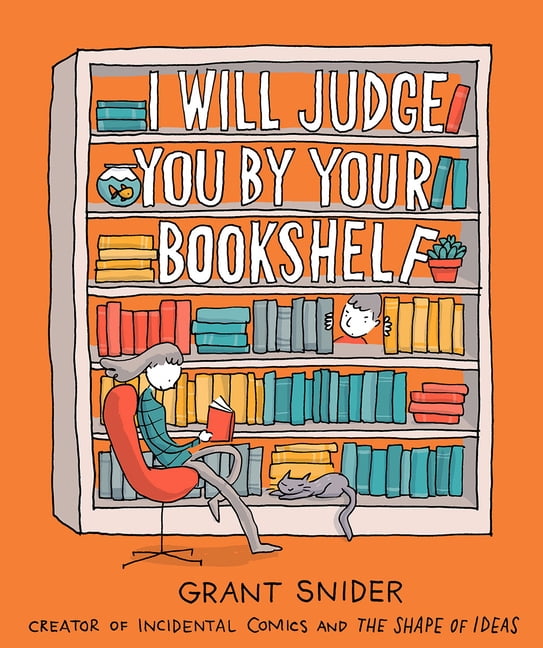
We collect them, decorate with them, are inspired by them, and treat our books as sacred objects. But some of us surround ourselves with books.

We learn to read at an early age, and as we grow older we shed our beloved books for new ones. It’s no secret, but we are judged by our bookshelves. (Apr.A look at the culture and fanaticism of book lovers, from the beloved New York Times illustrator and creator of Incidental Comics. All to say, Snider’s got a bit here for every avid reader. “A computer that can cry,” says Bradbury.


“Murder at a tattoo parlor,” says Chandler. And for aspiring writers in doubt (“What should I write about? Gods of Literature, send me a ray of hope”), Snider suggests looking to the “Three Rays”(Carver, Chandler, Bradbury): “A man. Snider pays homage to bibliophilia via a Haruki Murakami bingo game and a breakdown of bookshelf types that includes “stylish but shallow” and “stuck in high school.” Snider’s relationship to literature runs deep and is fraught with recognizable “Reader’s Blocks,” such as “low curiosity” or “overwhelmed by infinite possibility.” The panels range from gently clever to surprisingly profound to laugh-out-loud. He riffs on literary genres (“Choose Your Own Memoir” displays a MadLibs mash-up of tropes) and the writing process (“The Writer’s Block” offers a Richard Scarry–esque streetscape whose “Publishing House” bears a “No Soliciting” sign). Snider is “writing the great American novel,” and one gets the sense that creating these comics was an escape during slumps.

This playful, self-aware collection of strips and gags on the joys and frustrations of reading and writing is equal parts lighthearted and sincere.


 0 kommentar(er)
0 kommentar(er)
